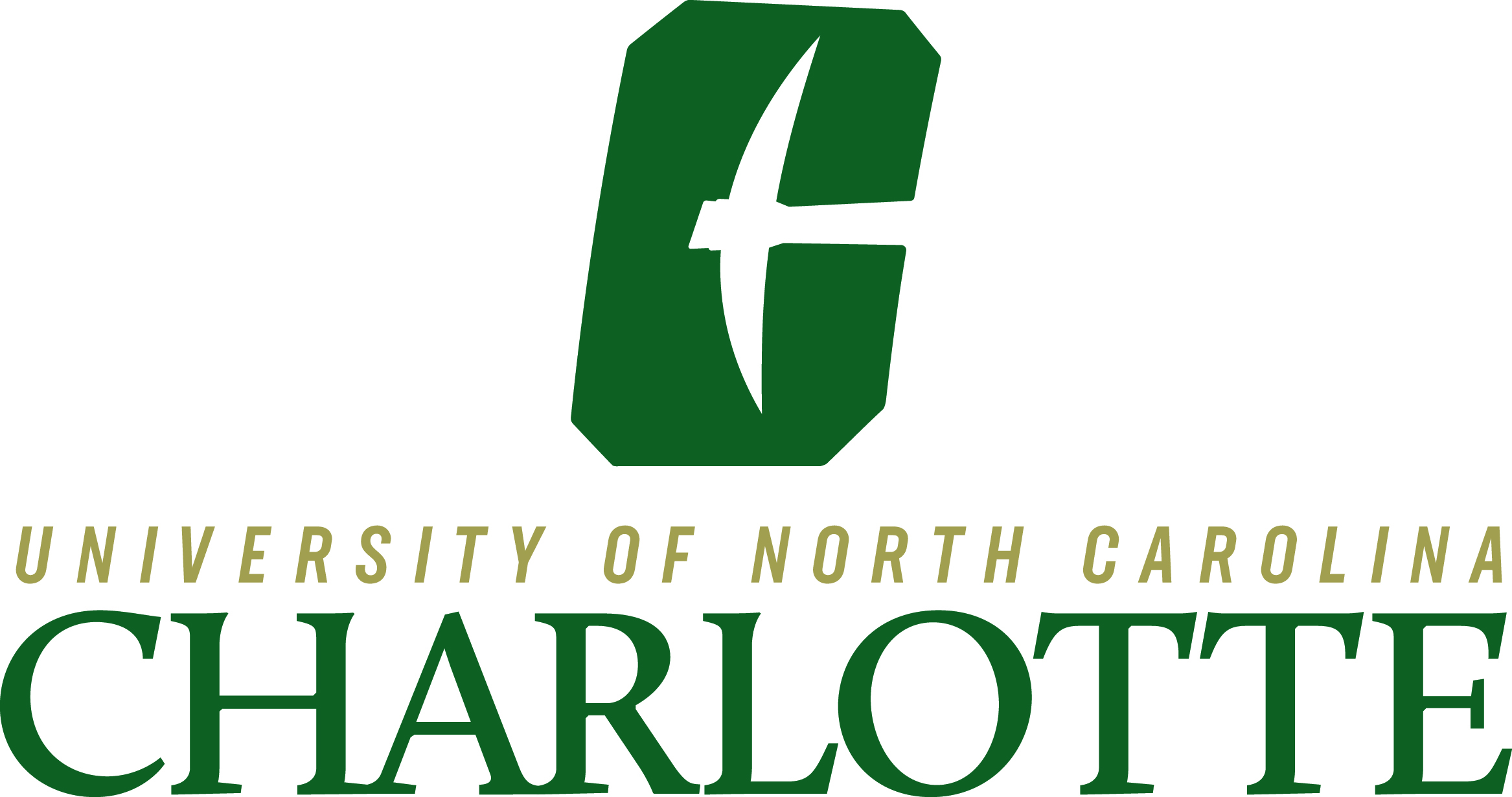Newswise — CHARLOTTE, N.C. - April 10, 2017 - UNC Charlotte researchers have examined more than a million tweets sent during the protests of the police shooting of Keith Lamont Scott in Charlotte in September 2016. This research holds implications for understanding the role of cluster tweets and other public relations strategies in relation to online activism.
“The Keith Lamont Scott shooting and ensuing Charlotte protest was a thorny issue happening in our backyards,” said geographer Jean-Claude Thill, Knight Distinguished Professor and director of Project Mosaic. “We wanted to conduct a deep dive into the social media data to help illuminate this case, especially since we have powerful data resources here for conducting the research.”
Joining Thill on the study are Tiffany Gallicano, assistant professor in the Department of Communication Studies, and Ryan Wesslen, a doctoral candidate in the College of Computing and Informatics. Thill also is a faculty member in the Department of Geography and Earth Sciences in the College of Liberal Arts & Sciences.
Their paper “From Cluster Tweets to Retweets: A Big Data, Rhetorical Exploration of Digital Social Advocacy in the Context of the Charlotte Protests on Twitter” recently won the Boston University Award for the Top Paper about Public Relations and the Social and Emerging Media.
The researchers identified the use of cluster tweets by three advocacy organizations: the ACLU, Color of Change and MomsRising. Cluster tweets contain prewritten Twitter content that users are invited to post to their own feeds as original posts. The researchers used a machine-learning algorithm for text data that detects clusters of words that co-occur to identify these tweets.
The researchers observed that the tweets sent during the protests of the Scott shooting followed what are called “power laws” in computational social sciences, where a small percentage of the people involved drive the majority of the information that is disseminated.
“In the context of the Charlotte protests, 86 percent of the 1.3 million tweets posted to the hashtag were retweets rather than original posts,” Gallicano said. “However, we found that only 15 percent of the cluster tweets were retweeted. We saw that these types of messages do not appear to have the characteristics that would make them go viral. All three activist organizations missed an opportunity for increased awareness because none of their original tweets or cluster tweets were tremendously popular. The local police also missed a key Twitter opportunity to clarify misinformation that was amplified on the #KeithLamontScott hashtag during the first day.”
Information brought to light from the study of these tweets holds implications for activist and advocacy campaigns, as well as other types of public relations outreach, not only in terms of cluster tweet content but also in hashtag naming. The study found that the hashtags #keithlamontscott, #charlotteprotest and #keithscott were the most popular, compared to broad Black Lives Matter hashtags. This led the researchers to conclude “when choosing a popular hashtag name, focusing on the event itself rather than the larger social context is advised for maximizing Twitter traffic.”
The research suggests that organizations should be aware of how best to leverage the strength of their Twitter followers.
For example, the ACLU has the largest number of followers and therefore the largest number of retweets. But MomsRising, which has significantly fewer followers, had almost as many retweets as the ACLU because many of its followers are more influential. Color of Change followers were more likely to forward the cluster tweets than followers of the other organizations.
The researchers see significant opportunities for future studies of this data to determine ways that organizations and public relations professionals can use cluster tweets and other types of retweets more effectively.
The research team explored other aspects of the data. They looked into whether the timing of the cluster tweets could have been coordinated among the three organizations. They also examined the ethics involved with cluster tweets, particularly whether the tweets could have come from people who were paid to share the content, or whether the cluster tweets were misleading since they were not composed by those who tweeted them. They also used the data to search for Twitter dialogue between the activist organizations and the city police during the protests.
“By partnering together, we are combining machine learning and communications theory to produce insights that we would otherwise have no way of obtaining individually,” Wesslen said.
UNC Charlotte’s Data Science Initiative and Project Mosaic encourage and support such interdisciplinary collaborations. DSI is a University initiative that creates education, training and research programs in data science and analytics, integrated with business and industry expertise. Project Mosaic, housed in the College of Liberal Arts & Sciences, fosters the creation of research teams spanning multiple disciplines in social, economic and behavioral sciences.
“This research is a great example of the intersection of data science, social and behavioral science and humanities with regard to the mix of big data and rhetorical analysis,” Gallicano said. She and fellow team members are working on two additional studies, using the analytical tools they developed to understand the initial data.
